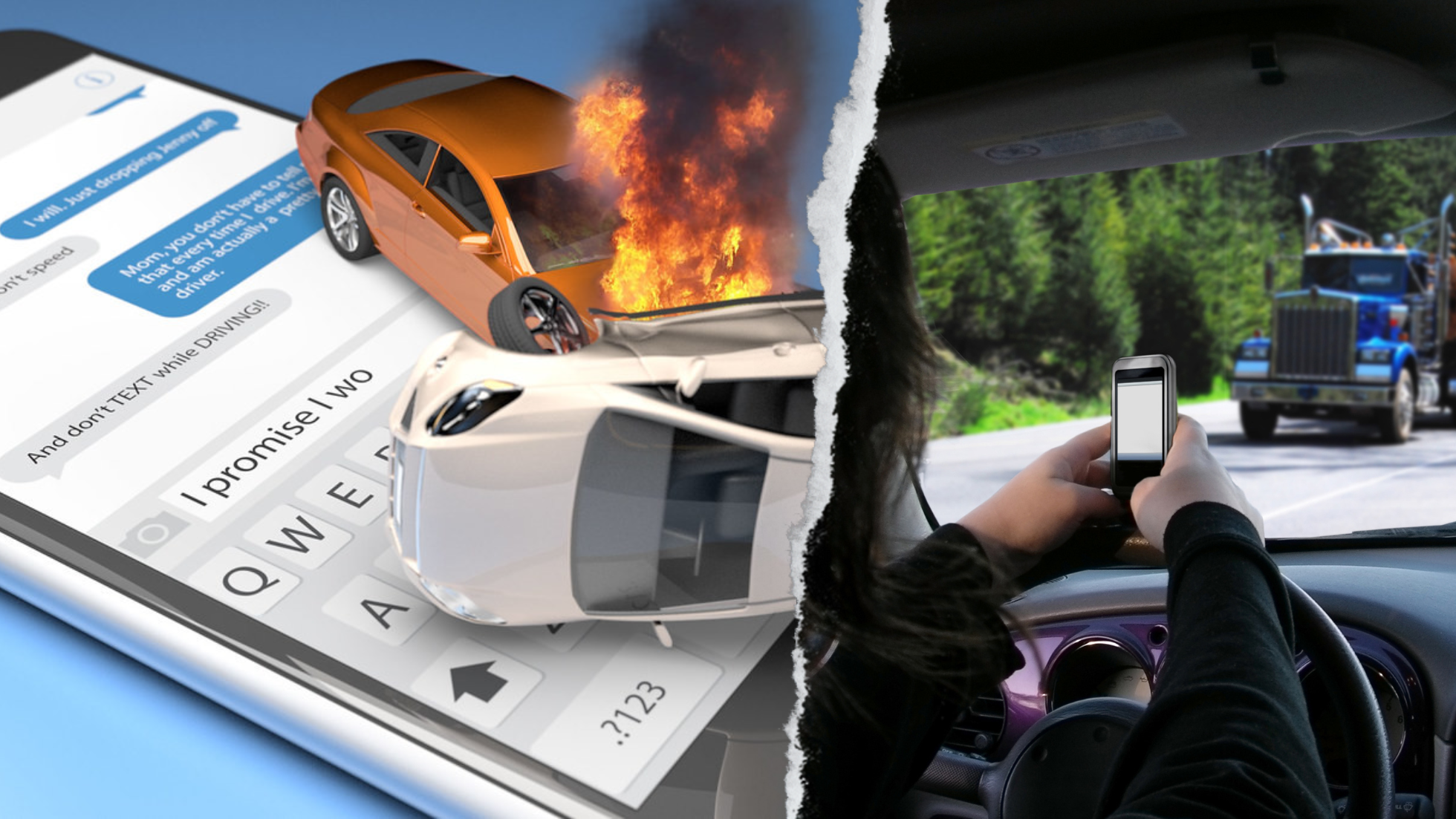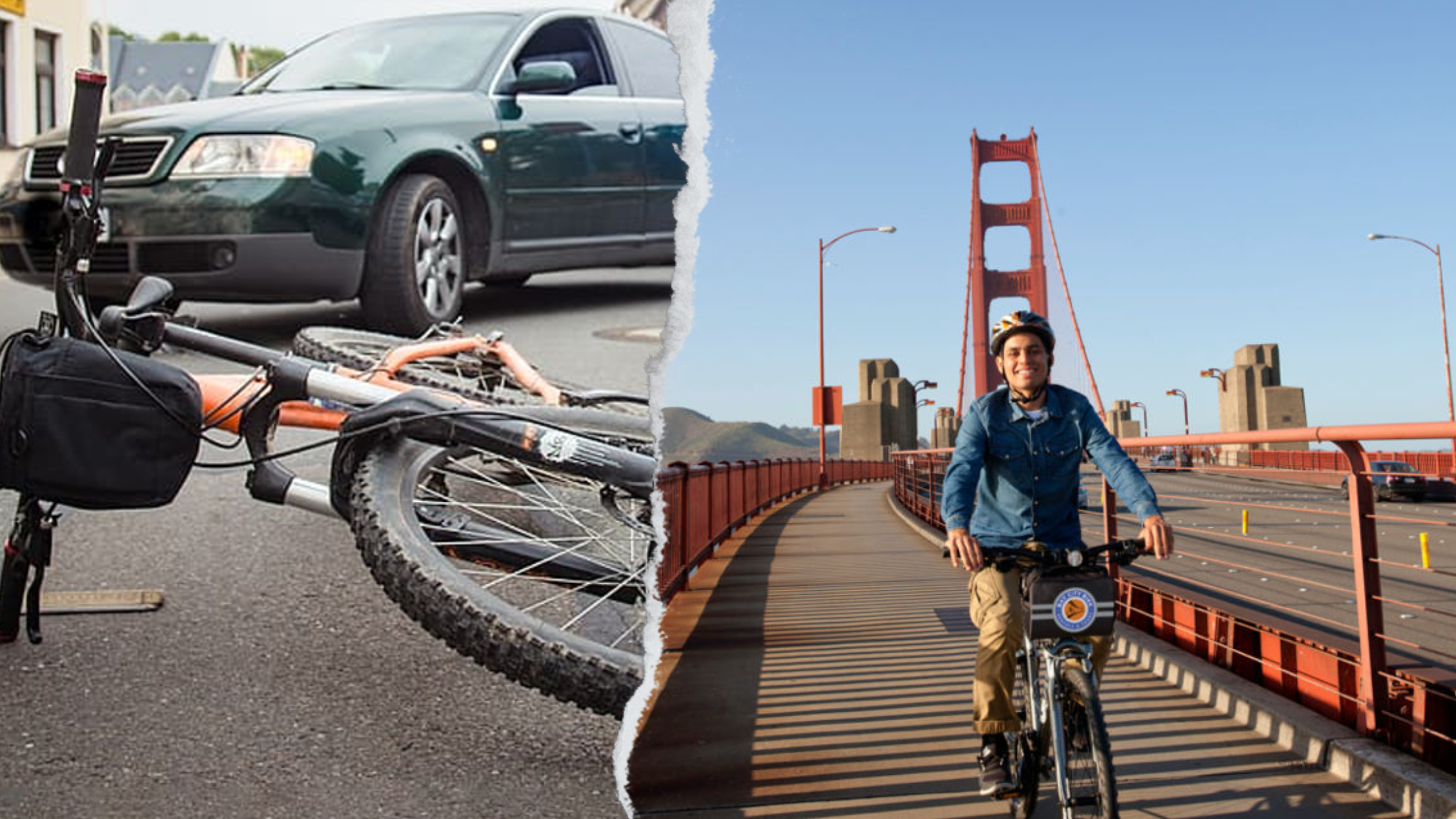The Dangers of Texting and Driving
Published: October 26, 2023

Why Texting and Driving Is So Risky
In today's digital era, our smartphones have become multi-functional devices, enabling us to text, take photos, navigate, and entertain ourselves. While this versatility adds convenience to our lives, it becomes a perilous liability when mixed with driving. Texting while driving stands out as one of the most hazardous forms of distracted driving because it demands an excessive amount of attention. It involves looking at your phone, composing messages, and even taking your hand off the steering wheel.
Many drivers mistakenly believe they can master the art of texting and driving. However, multitasking at this level poses a severe threat. In reality, no one excels at texting and driving simultaneously, and individuals often pay for this misplaced confidence in their lives.
To put things into perspective, glancing at your phone to read or send a text takes an average of five seconds. At a speed of 55 miles per hour, that's equivalent to covering the length of a football field without looking at the road. Whether you glance up intermittently during that time or even if you halt at a red light, it takes approximately three seconds for your brain to refocus on the road after you've checked your phone. This lapse in attention is significantly exacerbated when speeding is involved.
Understanding the Various Forms of Distracted Driving
Texting and driving risks are rooted in the wide array of distractions that cell phones introduce into a driving environment. The Center for Disease Control (CDC) identifies three categories of distractions that endanger everyone on the road:
- Visual Distractions: These occur when you take your eyes off the road.
- Manual Distractions: This type arises whenever one or both hands leave the steering wheel.
- Cognitive Distractions: Cognitive distractions happen when your thoughts drift away from driving, impeding your reaction time to changing road conditions.
Texting while driving encompasses all three forms of distraction. When looking at your phone, at least one of your hands leaves the wheel, your visual focus strays from the road, and your thoughts are diverted from driving. These factors combine to create the dangers of texting and driving.
The Numbers Behind Texting and Driving
Texting while driving introduces significant distractions that interfere with the driver's ability to operate a vehicle safely. The consequences can be dire. The National Highway Traffic Safety Administration (NHTSA) reported that 3,142 people in the U.S. lost their lives in car crashes due to distracted driving in 2019, accounting for 9% of all fatalities that year. To contextualize this statistic, consider that each day in the United States, approximately eight people lose their lives in car accidents caused by distracted drivers.
Additional alarming statistics related to texting while driving include:
- 1 in 5 people involved in distracted driving fatalities, such as pedestrians or cyclists, were not inside a vehicle.
- Around 9.7% of drivers used devices at any given daylight moment in 2018.
- 15% of injury crashes resulted from distracted driving.
- Engaging with a cell phone while driving increases the risk of a crash or near-crash by 95% when reaching for or dialing a phone.
- AAA found that 12% of crashes involved engagement with cell phones.
These statistics underscore the perils of texting and driving, revealing that it leads to numerous accidents, injuries, and preventable fatalities. The dangers of texting while driving are clear, and putting your phone away while behind the wheel can save lives.
Examples of Distracted Driving
Driving while distracted goes beyond just texting. It encompasses a wide range of behaviors, including:
- Fiddling with in-car systems or infotainment.
- Browsing the internet or conversing on the phone.
- Taking photos or checking weather conditions and maps.
- Scrolling through social media.
- Eating or drinking while driving.
- Grooming and personal hygiene.
- Operating audio controls or a navigation system, among others.
When a driver can't fully focus on controlling their vehicle, safety is compromised, and the risk of accidents rises. Texting while driving is particularly worrisome because reading or sending a message diverts your eyes from the road for an average of five seconds, amplifying the risk of a crash.
Texting and Driving Laws in California
California has stringent laws regarding phone use while driving, applicable to various age groups. State law applies to all drivers and includes specific provisions:
- Drivers cannot hold or operate a smartphone unless it allows voice-operated, hands-free functionality and is being used as such while driving.
- To operate a smartphone, it must be mounted on the windshield, similar to a GPS unit, or affixed to the dashboard or center console. Drivers must perform a single swipe or click to activate or deactivate the phone's functions.
- Violating these provisions may result in a $20 fine for the first offense and $50 for subsequent violations. While the initial fines may seem low, additional court costs and attorney fees can significantly increase the financial burden. Violations of these laws don't add points to a driver's record like other moving violations.
- This law aims to close the loophole that existed under prior regulations, which only prohibited talking and texting while driving. It wasn't until this latest amendment to the Vehicle Code that other activities, such as social media posting, scrolling through playlists, taking photos or videos, and using map functions, were prohibited.
Keep in mind that this law doesn't extend to smartphone-like systems installed by vehicle manufacturers. It exclusively pertains to electronic wireless communication devices, including cell phones, smartphones, mobile radios, tablets, computers, pagers, and two-way messaging products.
Laws Applicable to Younger Drivers
A separate section of the Vehicle Code addresses drivers under 18 years old. According to Section 23124, drivers aged 17 and younger are prohibited from using any wireless telephone or electronic wireless communication device, regardless of hands-free capabilities.
Enforcing Texting While Driving Laws
Texting and driving laws in California can be enforced through two methods:
- Primary Enforcement: Police have the authority to pull over a driver if they witness a violation of Section 23123.5, regardless of the driver's age. An officer doesn't need to observe another violation to stop a motorist.
- Secondary Enforcement: Law enforcement can't pull over a driver solely based on suspicion of violating Section 23124. However, if the driver is detained for a different violation, police can issue an additional citation for violating this section. In other words, a person under 18 cannot receive a citation solely for violating Section 23124. An underlying driving violation is required for enforcement.
Texting and Driving Statistics in the U.S. and California
National statistics highlight the dangers of texting while driving:
- 80% of car accidents in the state involve some form of driver distraction.
- Phone use, including talking and texting, stands as the primary cause of driver distractions.
- In 2014, 61% of California drivers in a survey reported being hit or nearly hit by a driver using an electronic device.
- Over 50% of California drivers admitted to making a driving mistake or violating traffic laws while using a cell phone.
Teens and Texting While Driving
Teenagers receiving their driver's licenses is a significant milestone, but it's also the riskiest period for new drivers. Teens' lack of experience, propensity for risk-taking, and potential for impaired driving make them vulnerable. Among these risks, texting while driving is a chief concern.
The statistics pertaining to teen drivers, both at a national and California-specific level, underscore the prevalence of texting while driving among young drivers:
- 10% of drivers under the age of 20 who were involved in fatal crashes admitted to being distracted by texting or phone use.
- Car accidents are the leading cause of death for teenagers in the U.S.
- On average, seven teens lose their lives in car crashes each day.
- A transportation research study found that up to 25% of teen drivers respond to texts every time they drive. Additionally, 20% of teens and 10% of parents admitted to engaging in extended text message exchanges while driving.
- The FCC reported that 11% of motorists aged 18-20 who were involved in a car accident acknowledged texting at the time of the collision.
Resources for Parents of Teen Drivers
While these statistics may be alarming, there are ways for parents to improve the safety of their teen drivers. As role models for their children, parents can set a positive example by following all traffic laws, wearing seatbelts, adhering to speed limits, and, most crucially, refraining from texting while driving. Parents can model the behavior they want to see in their young drivers.
In Conclusion
While stronger law enforcement and public awareness can reduce the prevalence of texting while driving, these efforts do little to help victims who have already sustained injuries in accidents caused by distracted drivers. Injuries and fatalities still occur frequently, despite national, California state, and local initiatives.
Apologies and regrets can't cover the exorbitant costs of medical treatment or the wages lost by victims. Remorse can't bring back loved ones who have perished due to the negligent texting of other drivers. If you've suffered losses, financial compensation may be available to you. To succeed in securing monetary reparation, it's crucial to consult a car accident attorney experienced in California texting and driving cases. You need a lawyer who will advocate for your rights against formidable insurance companies and represent your interests in court.
Found this helpful? Share it with someone who may need this information today!
Local Personal Injury Representation You Can Trust

When someone else's negligence leads to your injury, you shouldn’t have to bear the financial burden of medical bills and other losses. At Mercado & Sacramento, PC, we know how overwhelming it can be to deal with pain, treatment, and recovery. Whether you’ve suffered broken bones, a traumatic brain injury, or spinal damage, our dedicated personal injury attorneys are here to guide you through the legal process.
We will fight for the compensation you deserve so you can focus on healing. Our experienced trial attorneys have successfully helped numerous clients in Oakland and the Bay Area, and we’re committed to providing compassionate,
professional representation. Let us handle the legal stress so you can focus on your recovery.
Why Choose Us?
Free Consultation
We offer a complimentary consultation to discuss your personal injury case and help you determine the best course of action.
Available 24/7
Our team is here for you around the clock, ready to answer your legal questions and provide support.
No Fee Until We Win
You don’t need to worry about upfront costs. You only pay if we win your case.
Leaders in
Personal Injury Law
Our proven track record and years of experience set us apart in personal injury law.
Speak Directly
to an Attorney
When you reach out, you’ll speak with a dedicated attorney who is ready to guide you through your case—no obligations.
Extensive
Trial Experience
With comprehensive trial experience, we provide aggressive representation to achieve the best outcome for you.
Personalized
Legal Strategy
Each case is unique, and we develop tailored legal strategies to meet the specific needs and goals of every client we serve.
Client-Centered
Service
We treat every client with compassion, professionalism, and dedication, ensuring that your needs are met at every stage of the process.
Community
Involvement
We are proud to actively support and give back to our community through volunteer work and local initiatives.
Speak With Us Today And Get Your Free Consultation
We have delivered positive results for clients, over and over again.
Get in Touch
We want to hear from you! Fill out the form below or contact us directly:
All inquiries are kept confidential.

